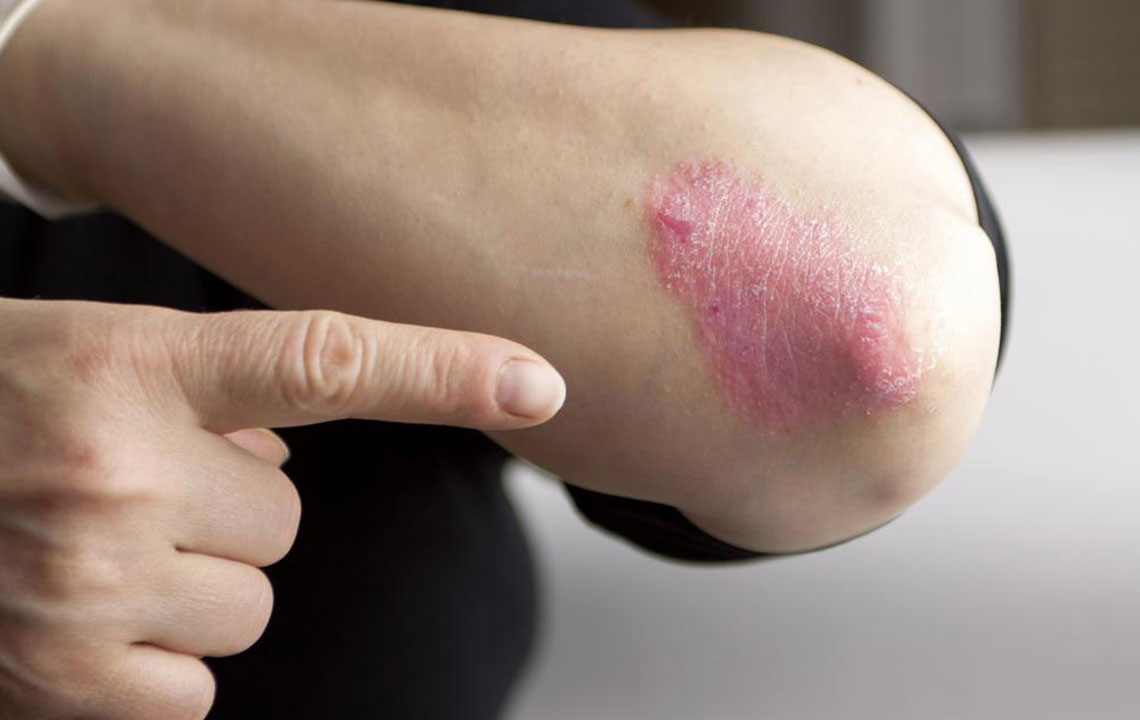Comprehensive Guide to Managing Chronic Psoriasis Effectively
This comprehensive guide explores effective strategies for managing chronic psoriasis through personalized and combined treatments. It covers therapy options like systemic medications, biologics, phototherapy, and the importance of tailored plans to control symptoms, improve quality of life, and minimize risks. Learn how modern advances make psoriasis manageable despite being incurable, with strategies designed to reduce flare-ups, side effects, and enhance overall skin health.

Comprehensive Strategies for Managing Chronic Psoriasis
Effective Approaches to Control and Treat Chronic Psoriasis
Psoriasis is a chronic, non-contagious skin condition distinguished by the development of thick, flaky patches known as plaques. This skin disorder arises from an accelerated lifecycle of skin cells, leading to rapid buildup on the skin's surface. The primary cause of this abnormal cell turnover is an overactive immune response involving lymphocytes, a specific type of white blood cell. Commonly affected areas include the scalp, elbows, knees, and lower back, but severity and distribution can vary widely among individuals. Although there is currently no definitive cure for psoriasis, various treatments focus on alleviating symptoms, reducing flare-ups, and improving skin health. The condition can range from mild patches to extensive areas covered by thick, inflamed plaques, significantly impacting quality of life.
The symptoms of psoriasis tend to fluctuate and often worsen during colder months when humidity decreases and skin tends to be drier. When over 5% of the body surface is affected, patients are generally classified as having chronic psoriasis, requiring prompt and targeted medical interventions. Chronic psoriasis may affect not only skin but also other areas such as the hands, feet, face, back, and genitals, often resulting in physical discomfort and emotional distress. Combining various therapies—topical, systemic, phototherapy, and biological agents—may offer enhanced efficacy compared to using a single treatment modality. Personalizing treatment plans based on severity, extent, and patient response is key to effective disease management.
Chronic psoriasis severity varies among individuals, with symptoms exacerbating notably during winter months. When over 5% of the body surface area is affected, the condition is classified as chronic and typically warrants aggressive treatment strategies. Therapeutic options include phototherapy, systemic medications, and biologic therapies. While systemic treatments can carry risk of side effects, they are often necessary for controlling thick plaques and psoriatic arthritis that do not respond to topical therapies. An integrated approach involving combination therapies often yields the best outcomes, offering faster symptom relief and reduced risk of skin malignancies. Monitoring and adjusting treatments over time enables better disease control and improved quality of life.
Combination therapy regimens tend to deliver higher effectiveness with better patient tolerability.
Lower doses of medications in combination treatments can minimize side effects and reduce treatment costs.
Integrated approaches can lead to quicker relief from symptoms and diminish the risk of skin cancers associated with certain therapies.
Psoriasis remains an incurable condition, but advances in treatment options allow for better management and control. Employing diverse therapies tailored to individual patient needs can significantly improve outcomes and life quality.
Therapeutic Options for Chronic Psoriasis
For moderate to severe psoriasis affecting more than 5% of body skin, topical treatments alone often prove inadequate. In such cases, systemic drugs, phototherapy, and biologic agents are typically introduced. These systemic agents act internally to regulate immune responses and halt disease progression, but they come with potential side effects; therefore, consultation with experienced healthcare professionals is vital to designing a safe and effective treatment plan. Systemic medications such as cyclosporine, methotrexate, and acitretin are prescribed for extensive or resistant psoriasis cases. These drugs can be administered orally, through injections, or as topical formulations, depending on the severity and type of medication. Methotrexate, used for over half a century, is generally prescribed once weekly, often with folate supplementation to reduce toxicity. It’s mainly used for adult patients and is not approved for pediatric use. Cyclosporine offers rapid symptom relief but is associated with significant risks such as kidney damage and hypertension, making it suitable mainly for short-term control of acute flare-ups. Acitretin, an oral retinoid derivative, acts slowly—often taking 3 to 6 months to show substantial effects—but is effective when combined with phototherapy, especially in resistant cases. Regular monitoring by healthcare providers is essential to manage adverse effects like hepatotoxicity and lipid abnormalities.
Biologic treatments are revolutionary options for severe psoriasis. These are injectable or intravenously administered medications derived from living cells—often monoclonal antibodies—that target specific immune pathways involved in psoriasis pathogenesis. By blocking key components such as tumor necrosis factor-alpha (TNF-α) or interleukins, biologics effectively reduce inflammation and plaque formation. They are particularly beneficial for patients with significant disease burden and those who do not respond well to traditional therapies. The development of these targeted therapies has markedly improved patient quality of life by providing sustained remission and minimizing systemic side effects compared to earlier immunosuppressants.
Phototherapy: Light-Based Treatment Options
Phototherapy remains a cornerstone of psoriasis management. It involves the controlled exposure of affected skin areas to ultraviolet (UV) light—either natural sunlight under medical supervision or artificial UVB light in clinical settings. Phototherapy reduces skin cell proliferation and modulates immune response, leading to clearer skin. In some cases, patients can undergo home phototherapy units, provided they are trained to use the equipment safely. Combining phototherapy with topical or systemic medications often produces longer-lasting remission and minimizes flare-ups. However, careful regulation of UV exposure is crucial to prevent skin damage and reduce the risk of skin cancers, particularly with long-term treatment.
Natural sunlight exposure, when supervised, can also be beneficial. It offers a cost-effective and accessible form of therapy, although indoor phototherapy devices provide more consistent dosing and safer control. Establishing an individualized phototherapy regimen is essential for optimal outcomes while safeguarding patient safety.
In conclusion, an integrated, personalized treatment strategy combining topical agents, systemic drugs, biologics, and phototherapy offers the greatest chance to control chronic psoriasis effectively. Continuous monitoring, patient education, and adjustments to therapy are vital components of successful disease management, ultimately enhancing patients' quality of life and skin health.





